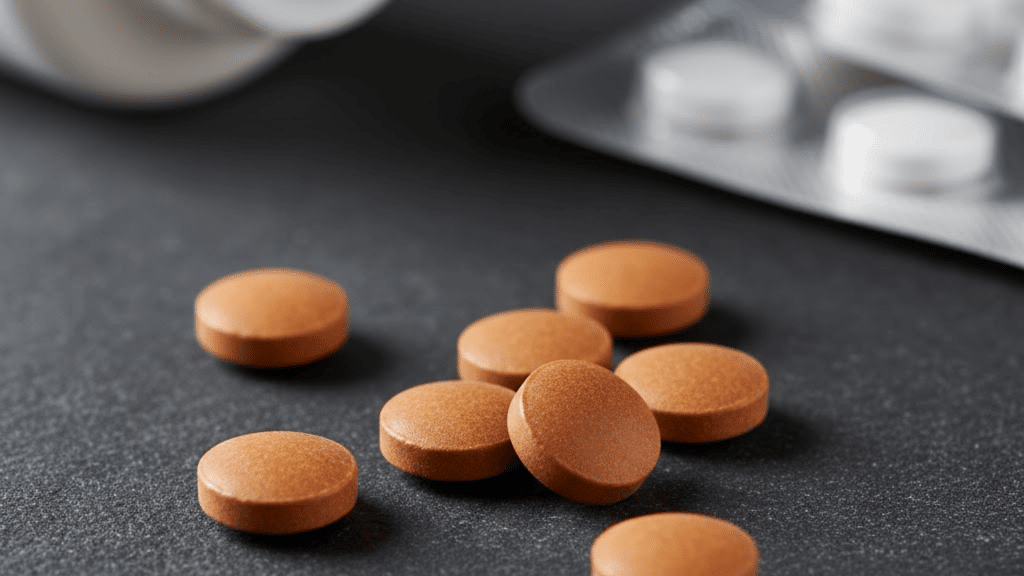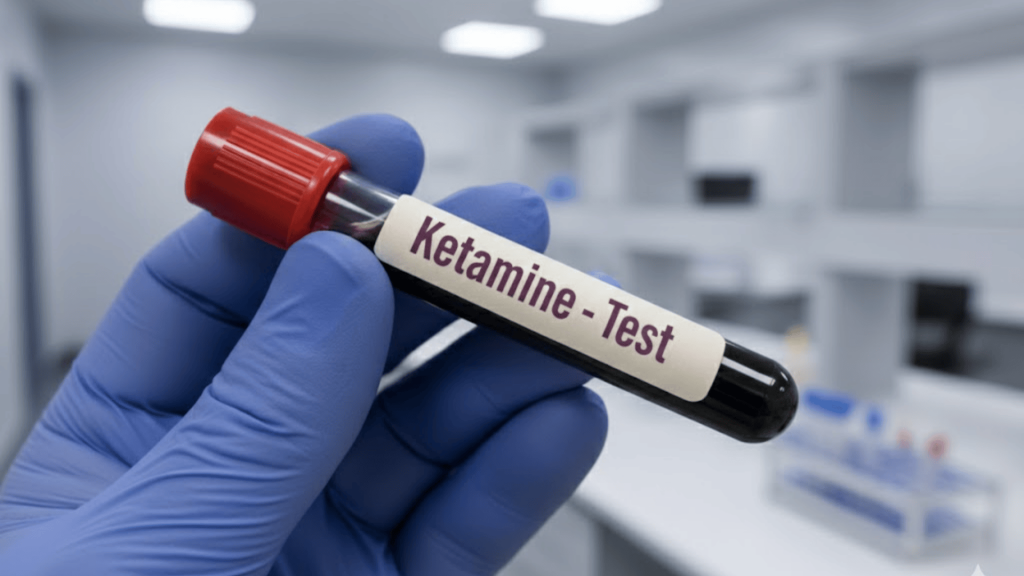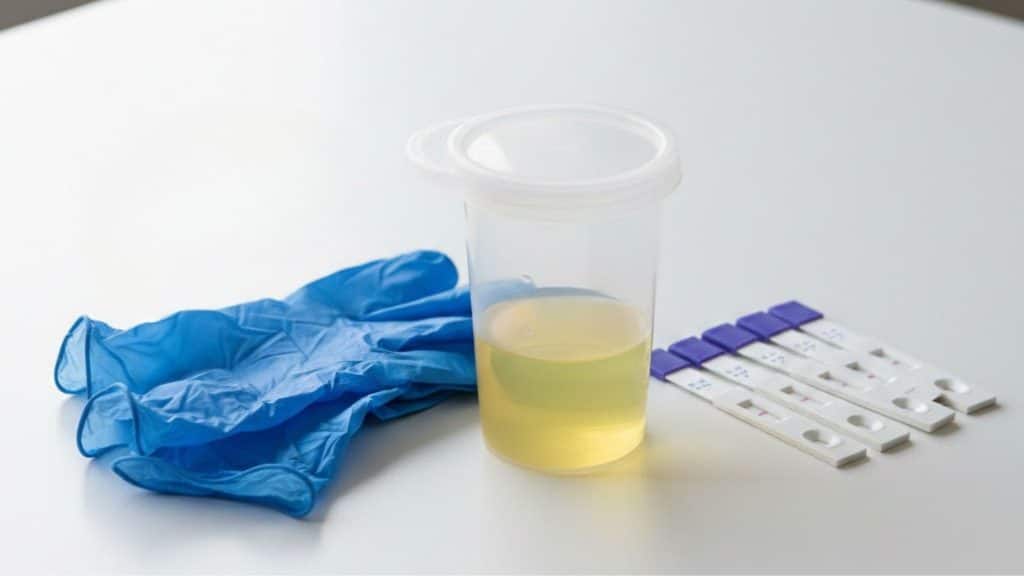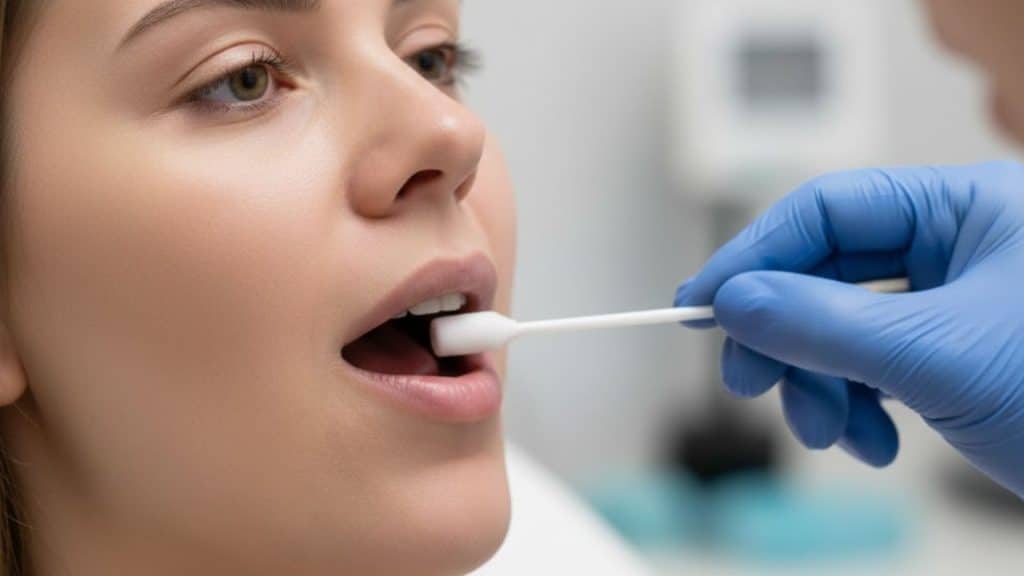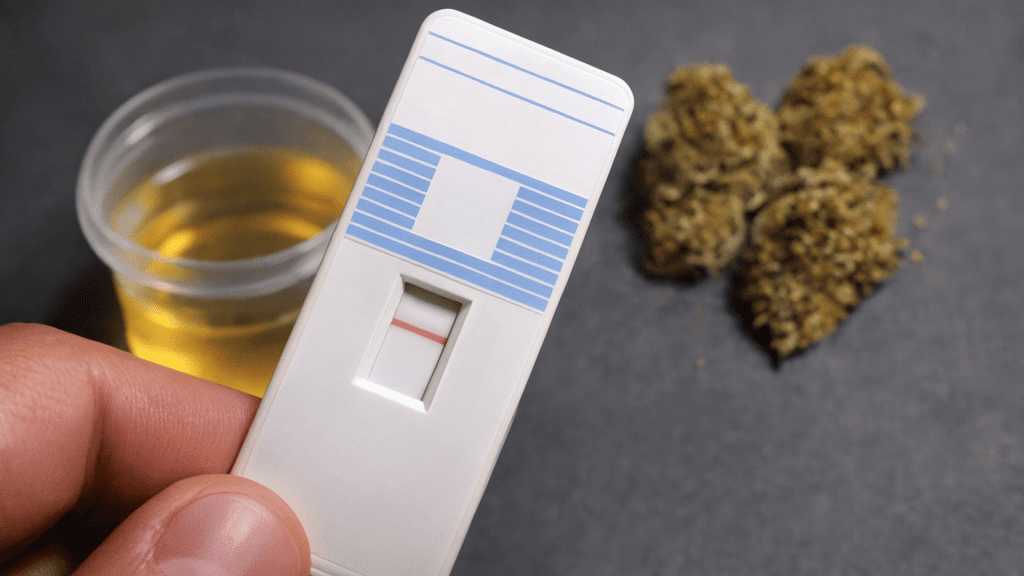I’ll be honest: when I first learned about DMT, one of the burning questions I had was how long this powerful psychedelic actually lingers in your system.
If you’re curious about drug testing, concerned about detection, or simply want to understand how your body processes dimethyltryptamine, you’re not alone in wondering.
The truth is, detection isn’t as straightforward as you might think. It depends on several factors: the type of test being used, how much you’ve taken, and even how your individual metabolism works.
Throughout this article, I’m going to walk you through the typical detection windows for DMT, break down what influences how long it stays detectable, and share what you really need to know about drug testing.
Just a heads up, this is purely informational content, not medical or legal advice.
How DMT Works in the Body?
When DMT enters your system, it acts as a serotonin receptor agonist, primarily targeting the 5-HT2A receptors in your brain. This interaction is what produces those intense psychedelic experiences people report.
What makes DMT unique is how quickly it works; effects can kick in almost immediately and typically last anywhere from five to thirty minutes, depending on how you’ve consumed it.
Your liver plays a crucial role here, breaking down DMT rapidly through enzymes called monoamine oxidase, or MAO.
This swift metabolic process is why DMT’s effects are so brief compared to other psychedelics, and why detection windows vary significantly.
DMT: Timeline of Effects vs. Detection

Understanding the difference between how long DMT’s effects last versus how long it remains detectable is crucial. Let me break down the timeline from the moment of consumption through various detection windows.
1. Immediate Effects
Once DMT enters your body, you’ll experience peak effects within just a few minutes. The entire psychoactive journey typically wraps up in ten to thirty minutes, making it one of the shortest-acting psychedelics available.
This rapid timeline is why some people call it the “businessman’s trip”; the intensity is profound, but the duration is remarkably brief.
The quick onset and offset are directly tied to how efficiently your body metabolizes the compound through those MAO enzymes I mentioned earlier.
Worth Noting: Smoked or vaporized DMT reaches peak effects in two to five minutes, while intravenous administration can produce effects within seconds.
2. Post-Experience Window
After the intense psychedelic effects fade, any residual psychoactive sensations disappear quite quickly. Unlike other substances that might leave you feeling altered for hours afterward, DMT clears your system rapidly.
The drug itself remains detectable in your bloodstream for only a brief period; we’re talking minutes to hours, not days.
This short presence in your blood is what makes DMT particularly tricky to detect, especially if testing doesn’t happen immediately after use. Your body’s efficient breakdown process ensures minimal lingering traces.
Worth Noting: DMT’s plasma half-life is approximately fifteen minutes, meaning half of the substance is eliminated from your bloodstream in that short timeframe.
3. Detection Window
Here’s where things get interesting for drug testing purposes. Detection windows vary dramatically depending on which biological sample is being analyzed.
Blood tests offer the shortest window, typically detecting DMT for just a few hours after use. Urine tests can identify metabolites for up to twenty-four hours, though this varies by individual factors. Saliva testing has a similarly brief window.
Hair follicle tests, however, are the exception; they can potentially detect DMT for up to ninety days, as the compound gets incorporated into the hair shaft as it grows.
Worth Noting: Standard workplace drug panels rarely test for DMT specifically, as it requires specialized testing procedures that are more expensive and less commonly administered.
Factors That Affect How Long DMT Stays in Your System
Not everyone processes DMT at the same rate. Several personal and situational factors can influence how quickly your body metabolizes and eliminates this compound, ultimately affecting detection windows.
- Dosage and Frequency: Higher doses and repeated use can extend detection times as your body works to clear accumulated metabolites.
- Route of Administration: Smoking or vaporizing DMT leads to faster elimination compared to oral consumption with MAO inhibitors like ayahuasca.
- Metabolic Rate and Liver Function: Faster metabolism and healthy liver enzymes break down DMT more efficiently, shortening detection windows.
- Body Composition: Your body weight and fat percentage can influence how substances are distributed and processed in your system.
- Hydration and Overall Health: Proper hydration supports kidney function and elimination, while general health status affects metabolic efficiency.
These variables work together to create a unique metabolic profile for each person, which is why detection times can vary significantly from one individual to another.
DMT and Drug Testing
If you’re concerned about drug testing, here’s some reassuring news: DMT isn’t typically included in standard screening panels.
Let me show you what different testing scenarios look like and how likely detection actually is.
| Test Type | DMT Detection | Likelihood of Use |
|---|---|---|
| Standard workplace drug panels | Does not screen for DMT | Very common |
| Urine drug screens (5-panel, 10-panel) |
DMT not included | Very common |
| Specialized psychedelic testing | Requires specific DMT assay | Rare (research/forensic only) |
| Hair follicle analysis | Can theoretically detect for months | Uncommon for DMT specifically |
| Blood or saliva tests | Requires specialized lab procedures | Very rare |
The bottom line is that unless you’re in a situation requiring forensic investigation or participating in research studies, standard drug tests won’t pick up DMT use.
Most employers and testing facilities simply don’t include it in their panels due to the specialized and expensive testing methods required.
Risks of Attempting to “Beat” a DMT Drug Test
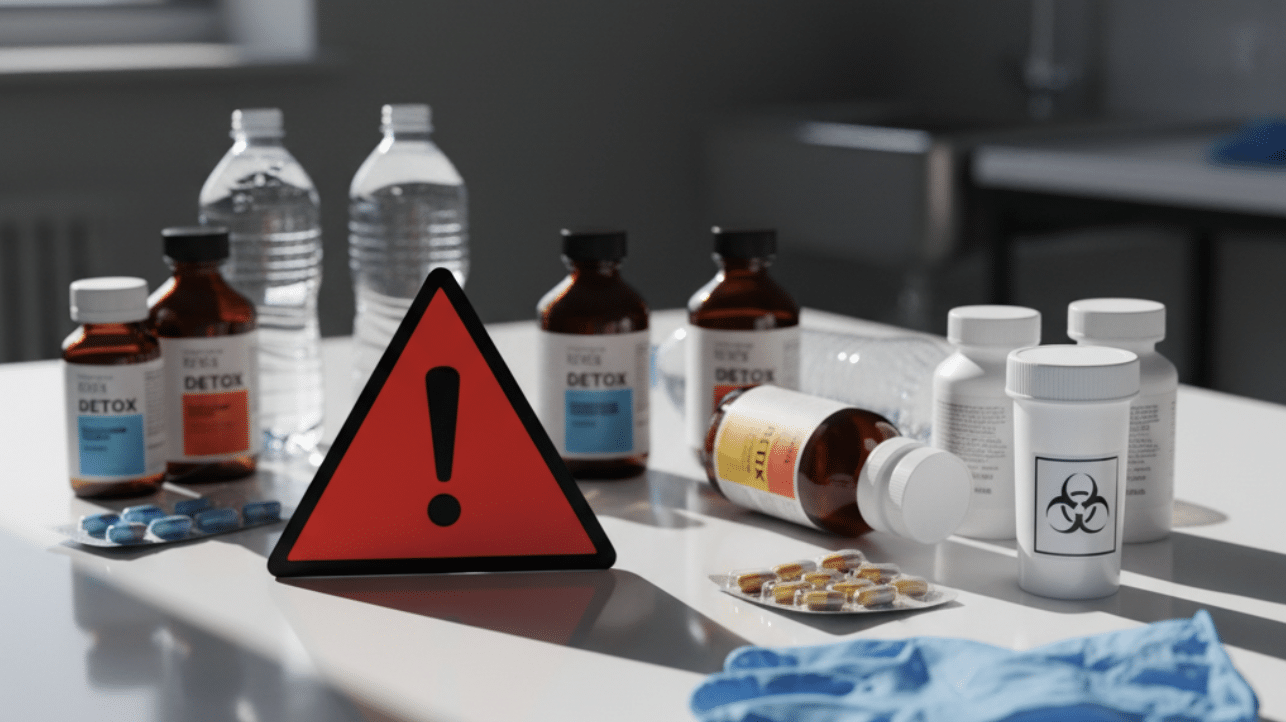
I’ve seen plenty of advice online about beating drug tests, but let me be straight with you about what actually works and what doesn’t.
More importantly, I want to address the potential consequences of trying these methods.
Common Myths About DMT Detection
You’ll find countless products and strategies claiming to help you pass drug tests, but here’s the truth about their effectiveness:
- Detox drinks and cleanses don’t accelerate DMT elimination since it already clears your system rapidly through natural metabolism.
- Shaving all body hair raises immediate suspicion and may result in alternative testing methods or automatic disqualification.
- Excessive water consumption can trigger dilution flags, as labs now test for creatinine levels and specific gravity markers.
- Adulterants added to samples are easily detected by modern testing facilities, often resulting in automatic failure or retesting requirements.
Legal and Health Consequences of Consuming DMT
Attempting to cheat a drug test carries serious risks beyond just failing the test itself. In many jurisdictions, tampering with drug test samples is illegal and can result in criminal charges, job termination, or loss of professional licenses.
From a health perspective, some detox products contain questionable ingredients that may cause adverse reactions or interact dangerously with medications.
Additionally, excessive water consumption to dilute samples can lead to water intoxication, a potentially life-threatening condition that disrupts your body’s electrolyte balance.
Health Considerations Before Consumung DMT
Beyond detection times and drug testing, understanding the health implications of DMT use is essential for making informed decisions.
Here’s what you should know about how DMT affects your body and mind.
- Cardiovascular Impact: DMT can cause rapid increases in heart rate and blood pressure, posing risks for individuals with pre-existing heart conditions.
- Acute Psychological Effects: Intense experiences may trigger anxiety, panic, or challenging psychological states during and immediately after use.
- Mental Health Concerns: Individuals with personal or family history of psychosis or severe mental illness face elevated risks with psychedelic use.
- Repeated Use Considerations: While physical dependence is unlikely, frequent use may lead to psychological reliance or disconnection from daily responsibilities.
- Set and Setting Importance: Safe psychedelic experiences require proper preparation, supportive environments, and ideally professional guidance or experienced supervision.
If you’re considering psychedelic use for any reason, consulting with healthcare professionals or harm reduction specialists can help you understand the risks and make safer choices.
Resources & References to Know About DMT
If you want to learn more about DMT research and safety information, I recommend checking out these reliable sources.
The National Institute on Drug Abuse (https://nida.nih.gov) offers comprehensive research on DMT metabolism and effects. PubMed (https://pubmed.ncbi.nlm.nih.gov) provides access to peer-reviewed studies on DMT pharmacokinetics.
The Substance Abuse and Mental Health Services Administration (https://www.samhsa.gov) has detailed information about substance use and testing protocols.
Erowid (https://www.erowid.org) compiles experience reports alongside scientific references.
These resources can help you make informed decisions based on current research and evidence.
Summing It Up
Understanding how DMT interacts with your body and how long it remains detectable can help you make more informed decisions about testing, health, and safety.
The key takeaway here is that while DMT clears your system remarkably fast, the health considerations and legal implications deserve serious attention.
Remember, this information is meant to educate, not encourage use. Your safety and wellbeing matter most.
If you found this article helpful or have questions about DMT detection and metabolism, I’d love to hear from you in the comments below. Share your thoughts or experiences; let’s keep this conversation going.


